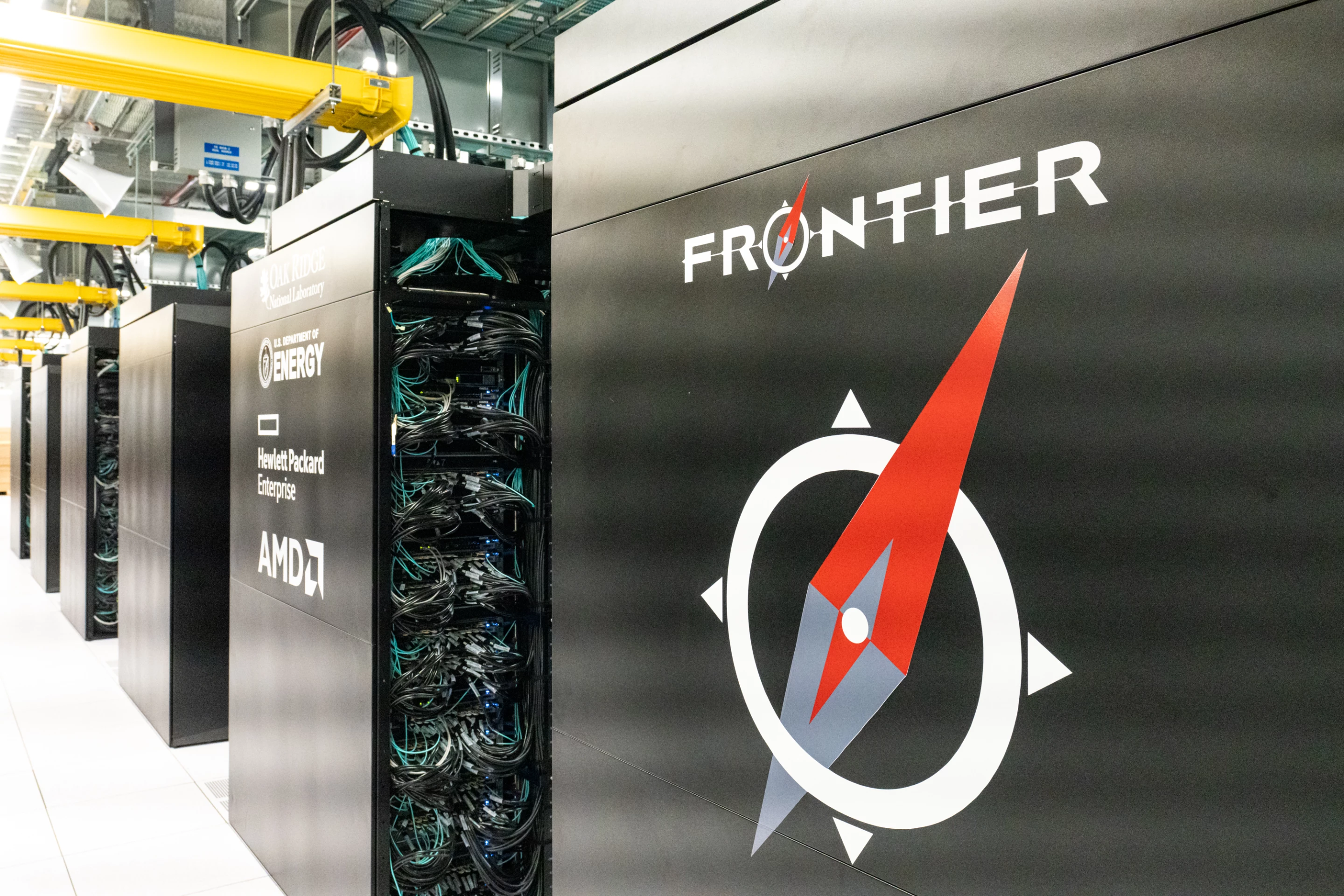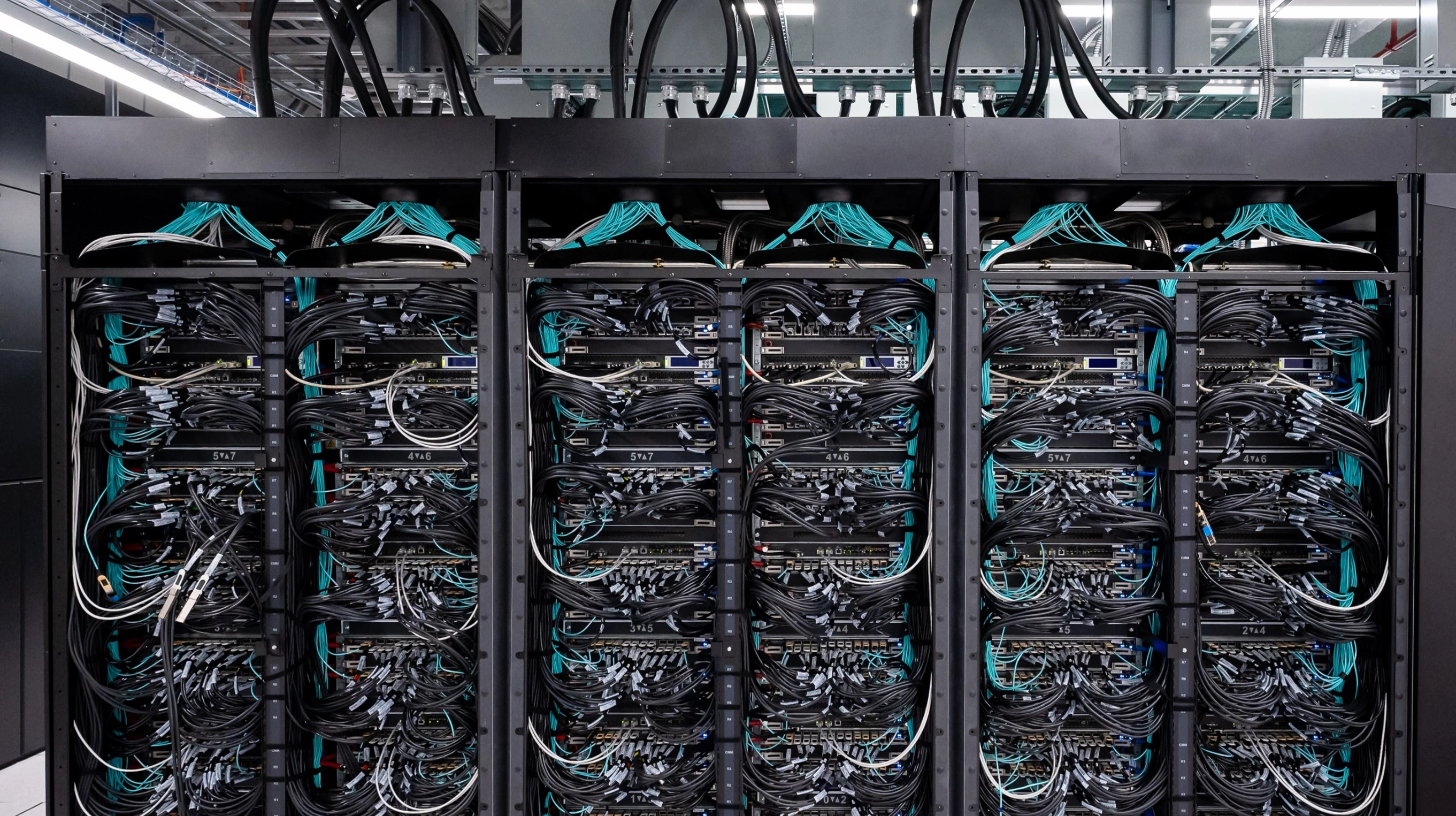The US Department of Energy's Frontier supercomputer has been crowned world's fastest at the International Supercomputing Conference 2022 in Hamburg, Germany, and is the first system to enter the exascale era of computing.
The US Department of Energy partnered with Cray Inc in 2019 to build a new supercomputer at the Oak Ridge National Laboratory in Tennessee, which already housed the Titan and Summit supercomputers – the latter being the most powerful until it was surpassed by Japan's Fugaku in 2020.
Where other members at the higher end of the Top 500 list of supercomputers are impressively fast calculators, with Fugaku managing over 415,000 trillion floating point operations per second, ORNL's system completely overshadows previous computational efforts by quite a margin.
The Frontier supercomputer breaks through the exaflop threshold to perform 1.102 quintillion calculations per second, measured by High-Performance Linpack Benchmark tests. And mixed-precision performance clocked by the High-Performance Linpack-Accelerator Introspection test – which "measures calculation speeds in the computing formats typically used by the machine-learning methods that drive advances in artificial intelligence" – shows the supercomputer operating at around 6.88 exaflops.

"Frontier is ushering in a new era of exascale computing to solve the world’s biggest scientific challenges," said Thomas Zacharia, RNL Director. "This milestone offers just a preview of Frontier’s unmatched capability as a tool for scientific discovery."
Indeed, ORNL is still in the process of testing and validating, with the Frontier system expected to be made available for full science duty toward the beginning of next year.
The supercomputer is made up of 74 purpose-built HPE Cray EX supercomputer cabinets with more than 9,400 AMD CPUs and over 37,000 GPUs, 700 petabytes of data storage offering peak write speeds of 5 terabytes per second, energy efficient liquid cooling that sees some 6,000 gallons (22,700+ L) of water pumped through the system every minute, and 90 miles (~145 km) of network cables. It's reckoned to have a theoretical peak performance of two exaflops.
The bi-annual Green500 rankings also have a new energy efficiency champion, with the Frontier Test & Development System – which is essentially just a single rack identical to those making up the more powerful Frontier system – taking the top spot for mixed-precision computing at 62.68 gigaflops per watt. Meanwhile, the main Frontier system sits in second place with a power efficiency of 55.23 gigaflops per watt.
The video below has more.
Source: ONRL






